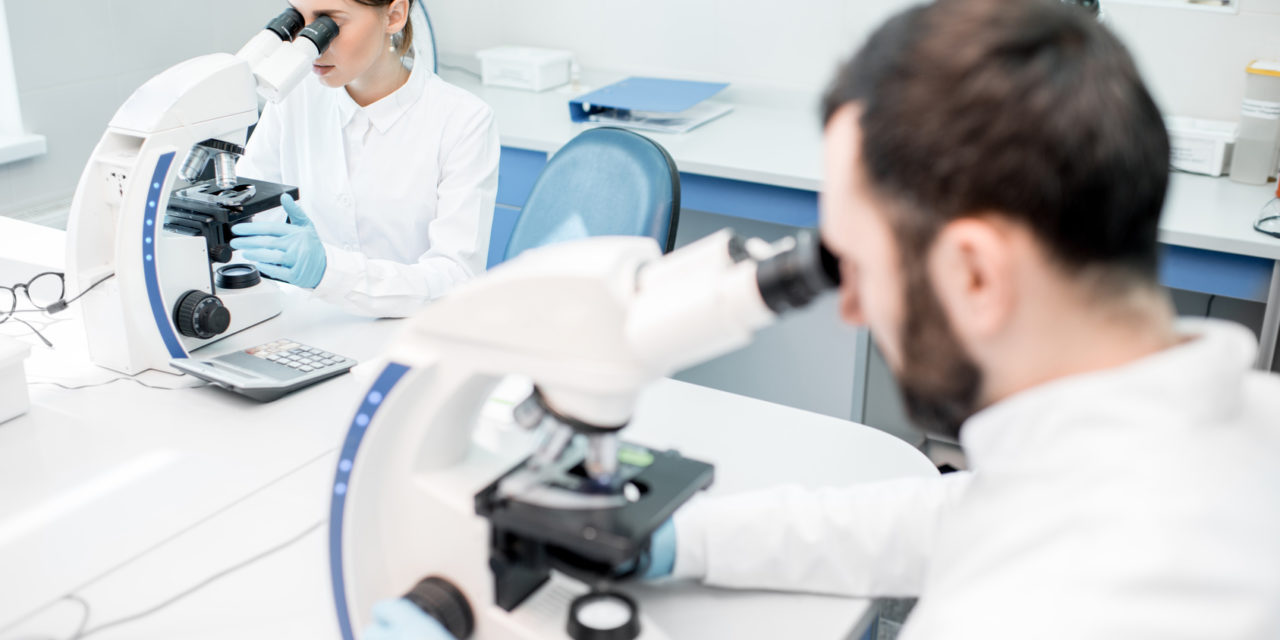Precision medicine is changing the world.
This new, fundamentally different way of creating therapies is offering a targeted, customized approach to health care that has never been seen before, and it’s shaking up every speciality from genomics to medical devices. It’s creating new business models, changing the way doctors treat patients and providing a new backdrop for research that combines the genetic, environmental and lifestyle factors that interact in our bodies to foster health or develop disease.
Because medicine has always been a science of averages. Most people in the population tend to suffer from most of the same diseases, and most of those diseases respond to most of the same treatments. If one therapy doesn’t work, doctors always have other drugs and other treatments they can try to handle individual cases that don’t fit the mold.
But it has never been perfect.
There are always outliers, cases that do not line up with expected norms and don’t respond to accepted treatments. Or, sometimes, medical professionals aren’t sure what a given patient is suffering from and is forced to try a combination of different treatments in order to see a positive outcome.
It’s time consuming, it’s expensive and, in some cases, it leaves patients without an easy answer to their symptoms.
Precision medicine is solving for these cases, and redefining what medical care is capable of at the same time.
A Multi-omic Approach
Nowhere is this more important than in the fight against cancer.
According to the National Cancer Institute, an estimated 1,735,000 new cases of cancer will be diagnosed in the United States in 2018 and more than 600,000 people will die from the disease. Cancer mortality is currently more than 163 people per 100,000 men and women per year, making it the second leading cause of death in the U.S. after heart disease.
Precision medicine stands to make a real difference in these numbers, with recent advances in medical technology driving what is know as a multi-omics approach to the field of oncology.
Multi-omic approaches, or Panomics, utilize massive datasets to view the biological interactions within the entire complex human system. Detecting, diagnosing, and treating various disease states should be viewed as multi-dimensional, but inclusive of all the functions of human genomics.
Multi-omic studies are keys to understanding the complex human biological system, in part because these studies produce incredible of amounts of data. By their very nature, these studies rely on large numbers of comparisons and tailored statistical analyses to reach meaningful inferences and insights.
The integration of different omics data types is often used to elucidate potential causative changes that lead to disease, or the treatment targets, that can be then tested in further molecular studies.
But that’s the challenge.
Some experts have speculated that access to Big Data might eventually lead to worse outcomes overall, because of the crushing amount of data these studies create. In worst cases, it can “confuse, overwhelm and mobilize people in vain to change their lives or seek treatment adventures for no good reason.”
Making sense of all this is the challenge.
Advantages for medical science
Multi-omics approaches are making a difference in precision medicine because studies that have been focused on one-dimensional omics data in the past have only provided limited information regarding the etiology of various diseases.
There simply isn’t enough data there to properly target treatments.
To overcome this, tremendous efforts have been made to obtain multi-platform based genomic data from biospecimens. But the human genome is complex and regulated at multiple levels, which can be manifested by various genomic assays.
By utilizing integrative, multi-omic approaches to model the processes that govern proteome dynamics, researchers can then use those models to discover cancer biomarkers and mechanisms.
The bottom line is that high-dimensional data sets derived from a multi-omics approach have shown to hold valuable insights towards the etiology of diseases across the complex human biological system.
In other words… it’s Big Data meets Machine Learning meets Complex Biological Systems.












